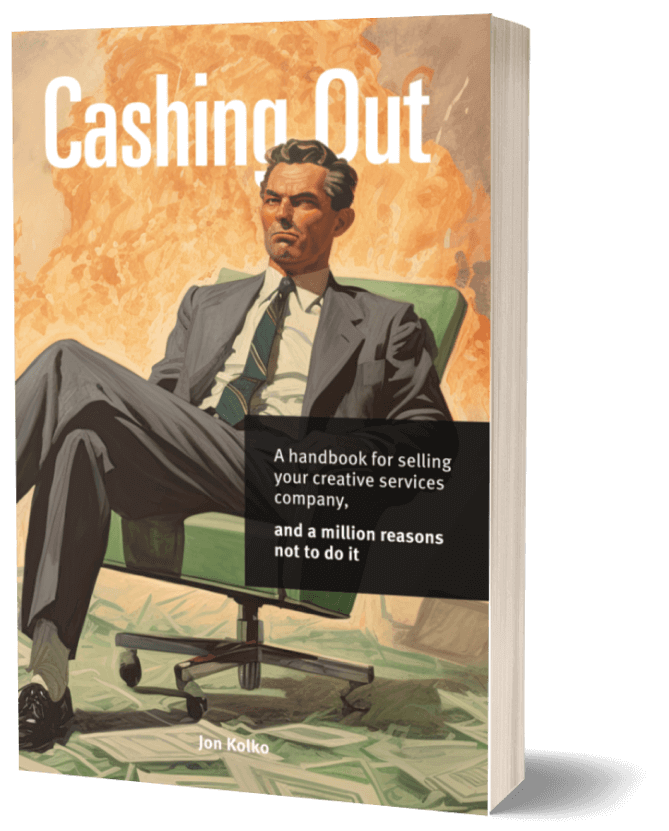Cashing Out: A handbook for selling your creative services company, and a million reasons not to do it
Read now, for freeWhen you sell your company, it’s no longer yours.
My partners and I founded a design strategy company called Modernist Studio, and in the peak of our growth, we sold the company.
During the sale process, I had no idea what I was doing. I wished there were examples of others I could learn from, examples that were specifically about selling creative services companies.
This book—primarily made up of a series of interviews with founders who have sold design and strategy consultancies—is the set of conversations that I wish I could have read prior to selling Modernist. You’ll hear from people who built companies from scratch, who navigated complex financial processes, who negotiated (some better, and some worse), and who exited their services business a little richer and a lot wiser.



